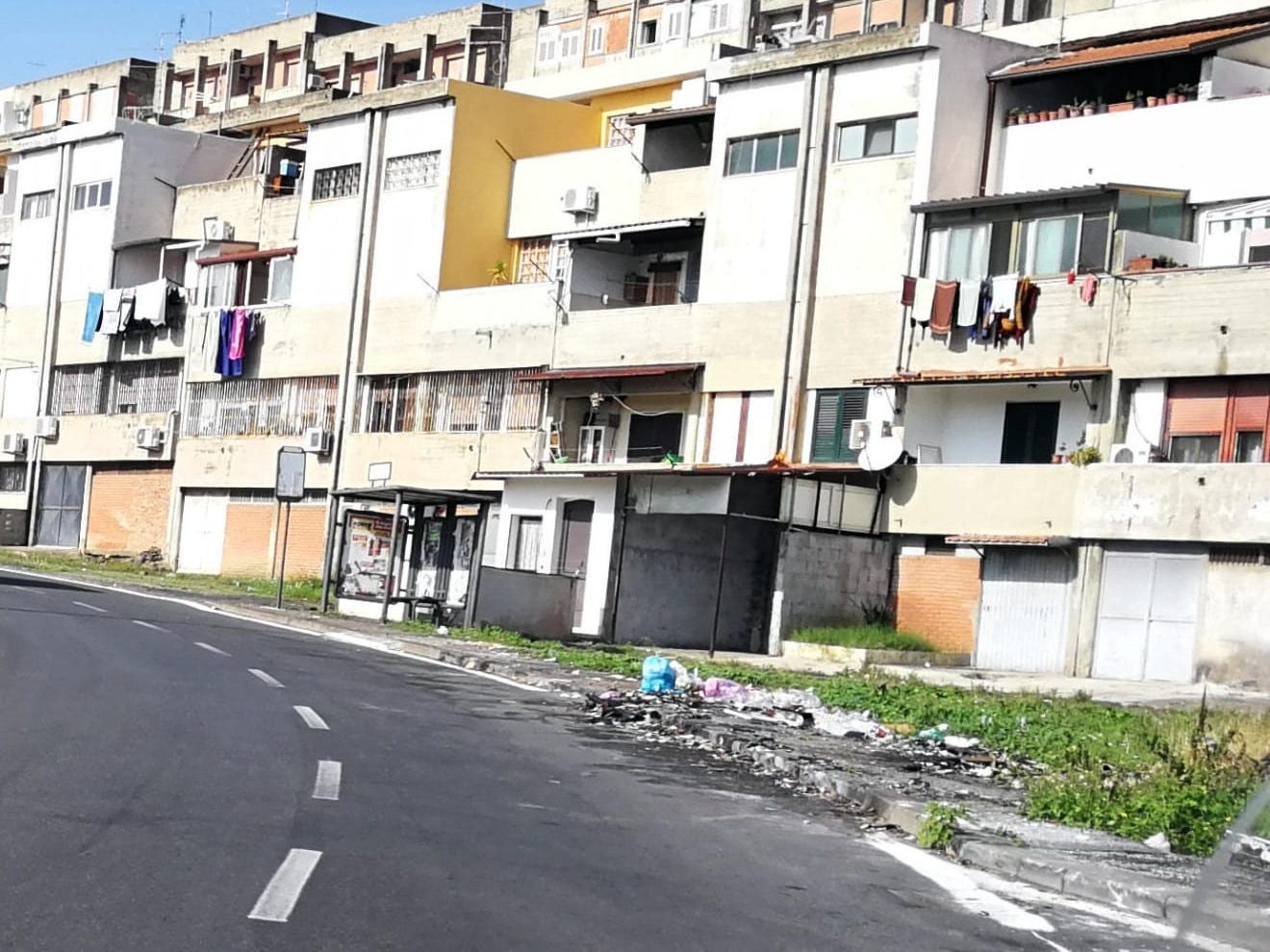Modern Architecture is Bad for the Soul
And a gift to drug dealers.
.
If you are interested in crime (and if you are reading this, you must be) you will know that in certain urban environments the police have lost all control over what goes on there. This is true of the favelas of Rio de Janeiro, where crime gangs operate checkpoints to control who goes in and who goes out; the notorious cités of the northern part of Marseilles, where the urban layout also allows criminals to control exit and entrance; or the ghastly Le Vele outside Naples and the once notorious Thamesmead and Elephant and Castle Estates in London, whose urban layouts were, and in some cases still are, a gift to criminals on the run from the police. There is a doctoral thesis to be written on how certain built environments encourage and foster crime, whereas certain others do the opposite. Architecture influences us in more ways than we think.
To the notorious crime zones mentioned above we can add via Ustica and Via Capo Passero in Catania. As you leave the city, you see them from the road, two huge and lengthy blocks of flats. Do please look them up on Google maps and street view, where you will see what I mean. Here is the link. These two developments, which no doubt were once praised when built, have now become a haven for drug-dealing criminals. What is wrong with them, apart from the poor state of repair, should be obvious: they are continuous buildings and the roofs offer a great escape route.
And this is exactly what happened the other day. The police turned up, fifty strong, and manned a checkpoint. The flats were barricaded from within, and the miscreants escaped over the roofs.
Once the police had secured entry, calling in the fire brigade presumably to force open the metal shutters, the flats were searched. “Officers combed every corner of the homes, and drug-sniffing dogs uncovered hiding places: in the midst of electrical wiring, under fake tiles, in post boxes, meter compartments, and even in some children’s toys. In total, over a kilo of narcotics, including marijuana and cocaine, was found and seized, making up a total of 1,500 doses ready for sale. If released on the market, the doses would have generated a turnover of approximately €20,000 for the dealers. Inside the elevator shaft of one building, along with the cocaine, a pistol with its serial number scratched out was found in perfect working order, ready to fire, with a round in the chamber.”
So what the police found was not just evidence of drug use, but a proper drugs factory and storage facility, run by criminals who carry around untraceable weapons. The factory part (and this is a guess) would be mobile; it would be set up in one block of flats, prepare the doses, and then move on. The places it would use would be people’s homes, in what is known as ‘cuckooing’. Picture it: you are an innocent old lady at home, or a mother with young children whose husband is away, and armed men turn up saying they want to use your premises, which they do, for a day or two, cutting up the cocaine, and then finish their work and disappear. These cuckoos never stay long enough for the police to catch them before they fly off elsewhere. And via Ustica and Via Capo Passero are perfect: lots of flats, and staircases up to the roof which enables one to make a swift getaway.
The criminals are quite literally one step ahead.



